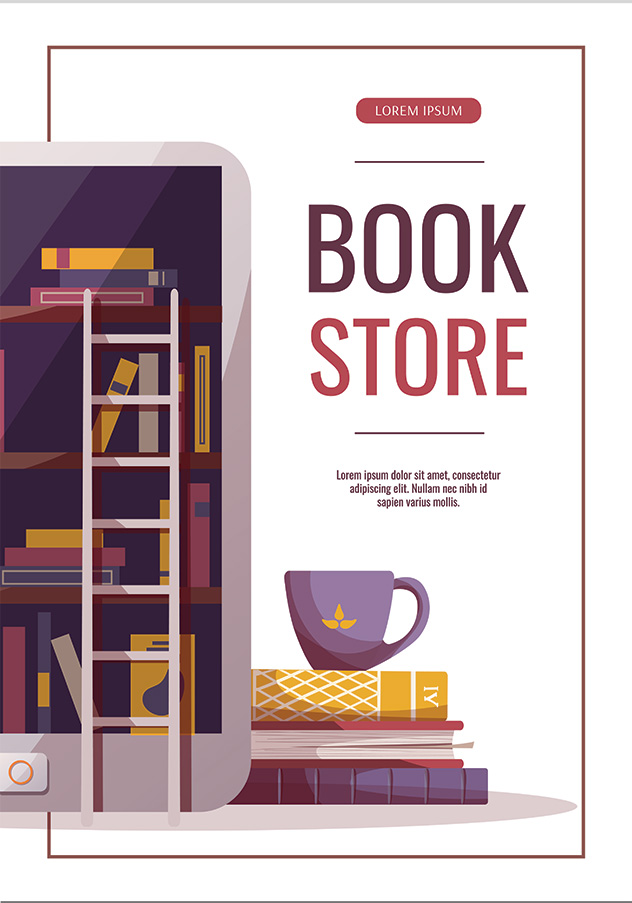
With this easy-to-use guide colorful layout, your children will experience positive leaps in autonomy, mastery, and purpose. The two-page-spread is simple and effective. A behavioral issue is discussed on the left page - the solution to support the child as they navigate away from that behavior is described on the right page.
When we align information about the human brain with a teaching and learning model that is brain-aligned, learning spaces ignite. The insights that are in this guide are not invented out of thin air. Nor are they solely theoretical. All strategies, hints, and suggestions come from hands-on trial-and-error experiences from parents and teachers who have already walked this journey. They attended in-person, face-to-face institute coursework with hundreds of other educators. Together, in an immersive learning space, they figured out how to implement a cognitive teaching and learning model, and can deliver powerful strategies even in deeply entrenched behaviorist school systems.
Results are always significant, and often breathtaking. The goal is twofold: (i) eliminate labeling and stratification in classrooms, and (ii) increase teacher capacity in a new educational field where neuroscience informs classroom practice and processes.
The Practical Guide theme focuses on changing environments, rather than changing the child. We promote appetite over aptitude, and affect over effect. That might sound strange but all parents find that it works; all teachers realize that it was the missing link in classroom management. Appetite refers to what turns the child on. It could be fun things like science or simply being outdoors with puppy. Aptitude follows on from this appetite. Affect is psychology for emotion; effect is usually the grade. Put emotional connection first and the grade will follow.
member goods
listens & views

EVENING SERVICE FOR 5 VOICES ...
by WEELKES (CHRIST CHURCH CATHEDRAL CHOIR/DARLINGTON)
COMPACT DISC$19.25

SICK LAKE MUZIC PRESENTS: THE ...
by SICK LAKE MUZIC PRESENTS: THE LAKEALATION / VARIOU
COMPACT DISCout of stock
$12.25





